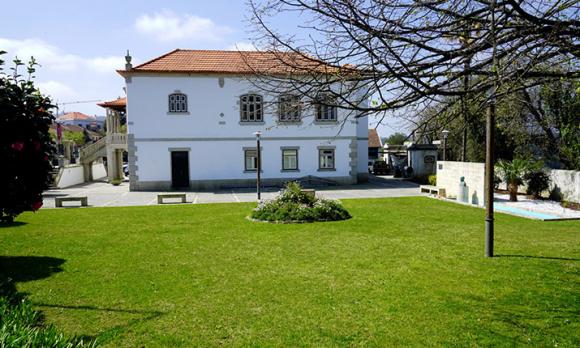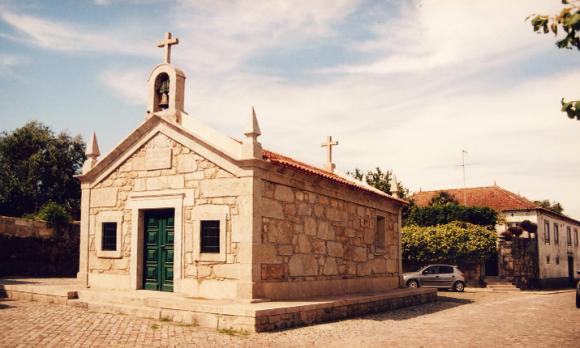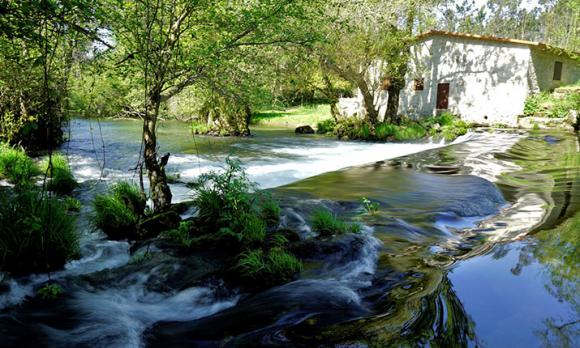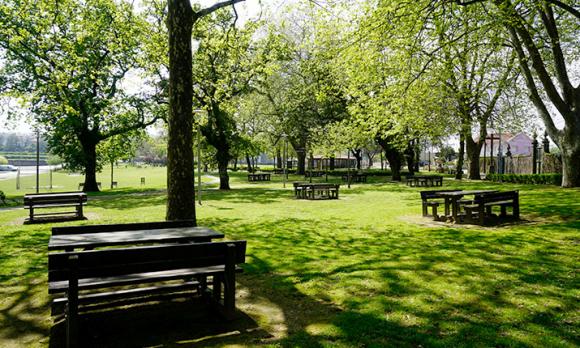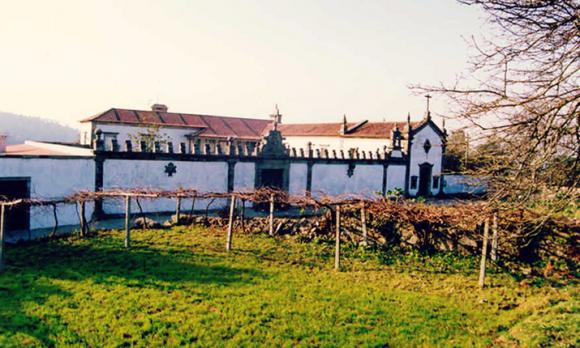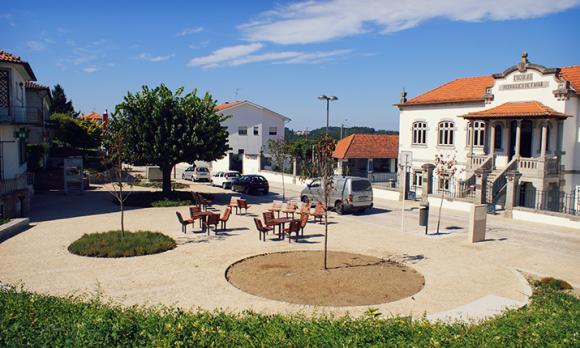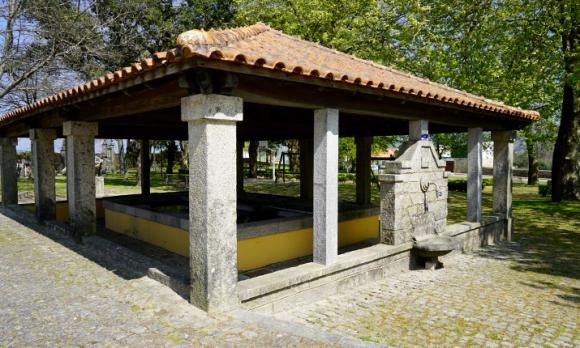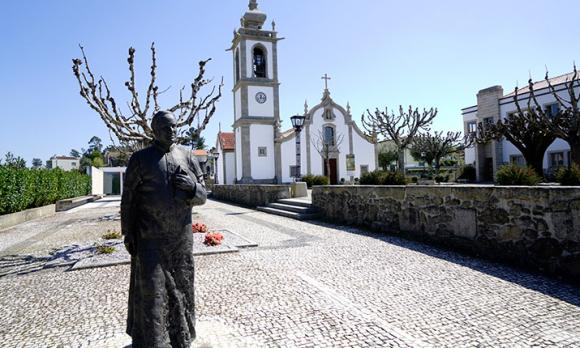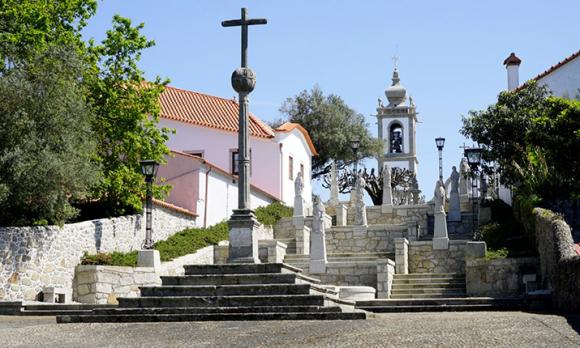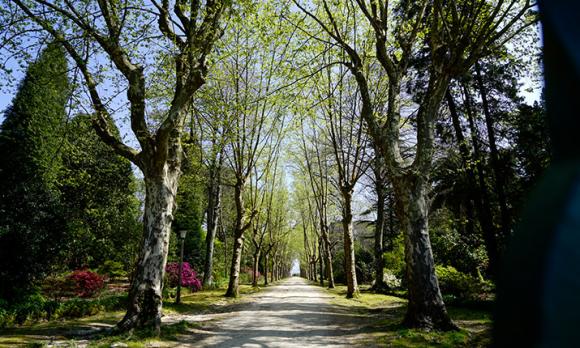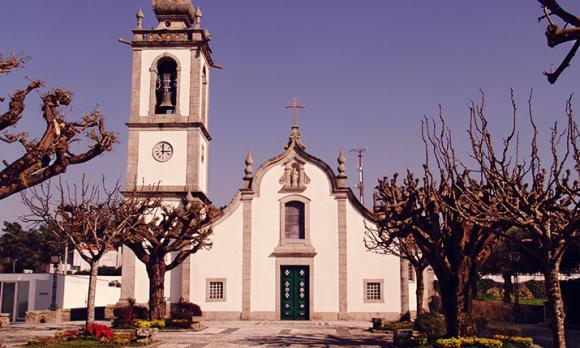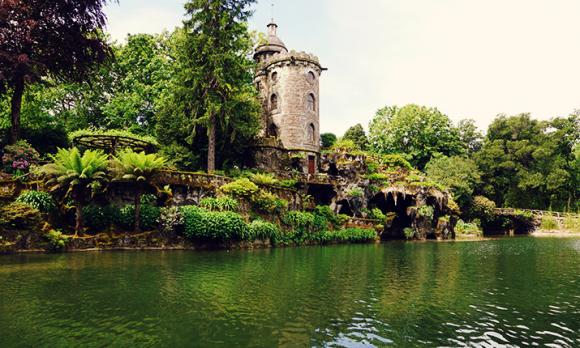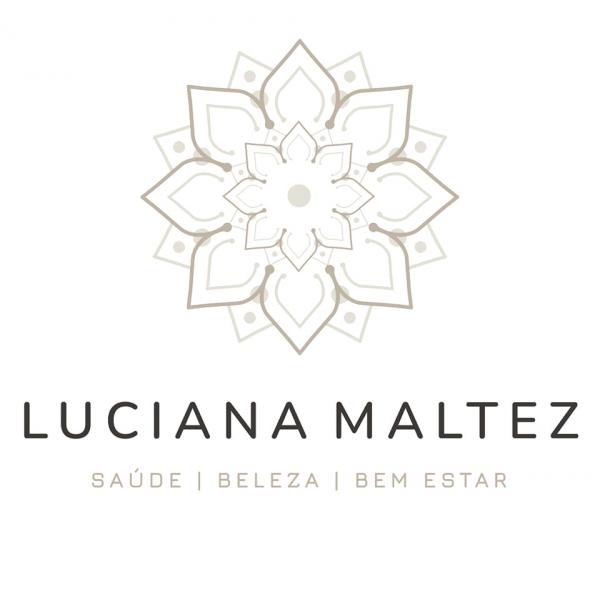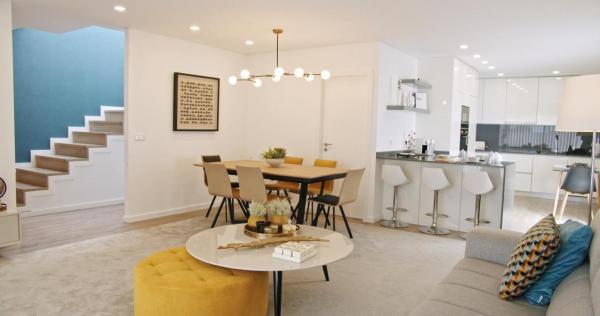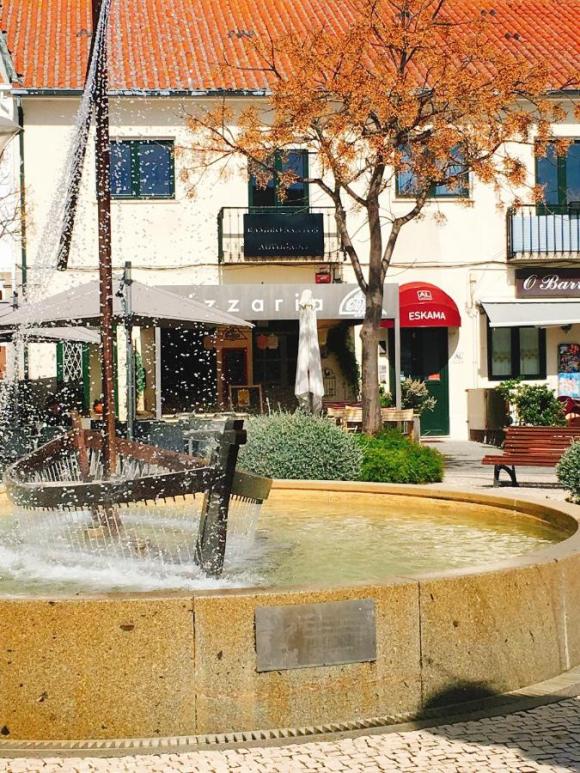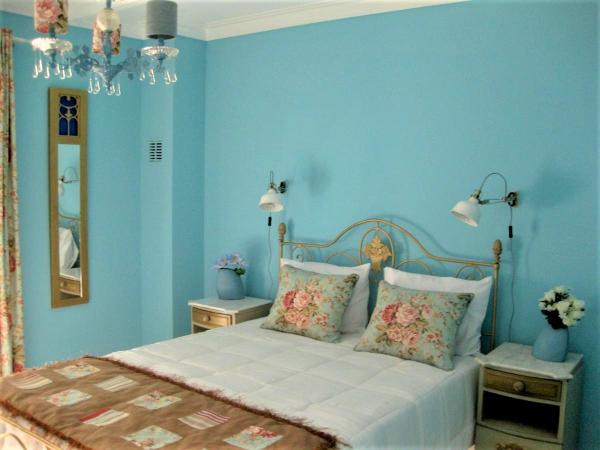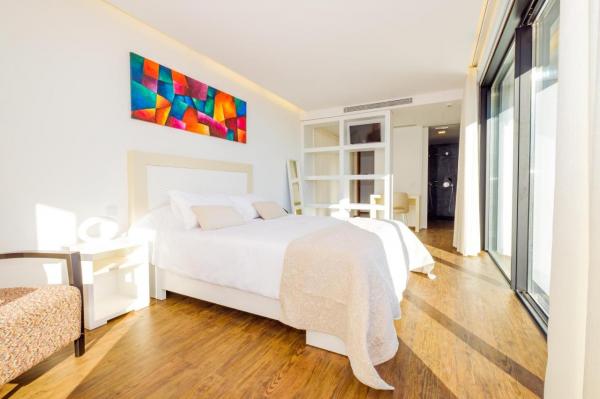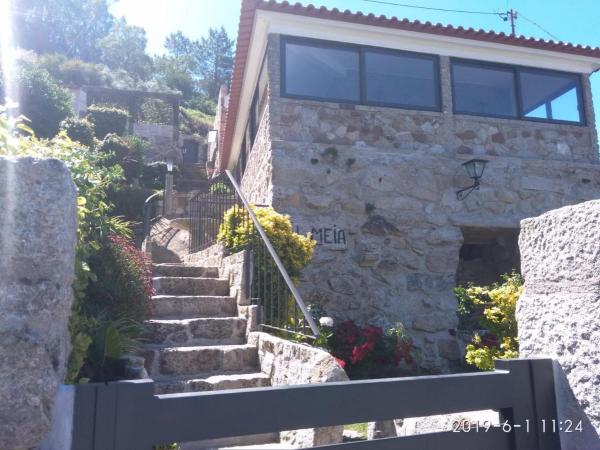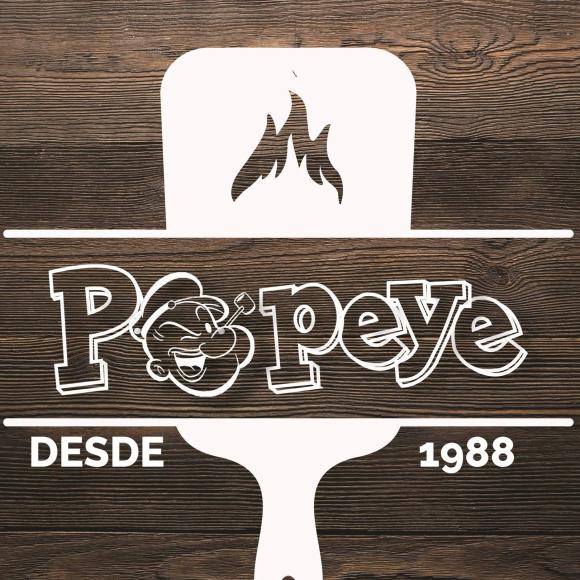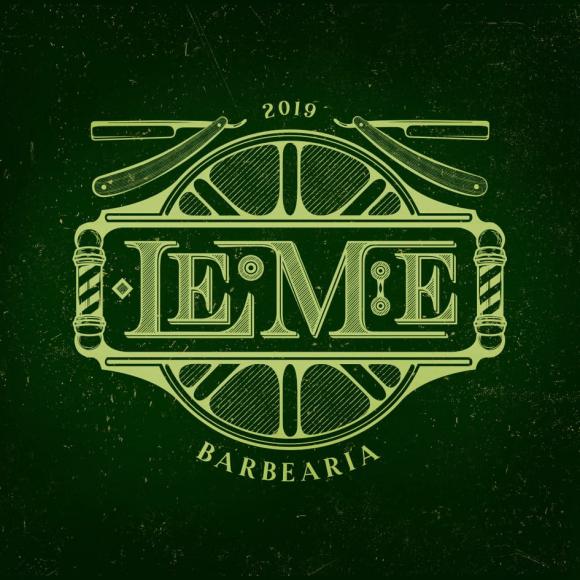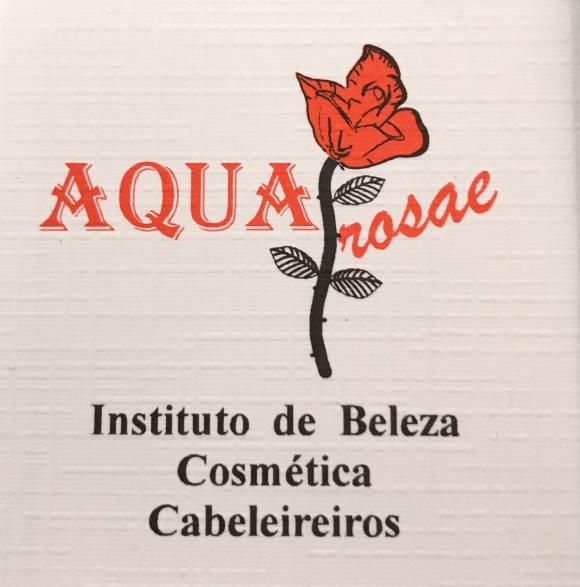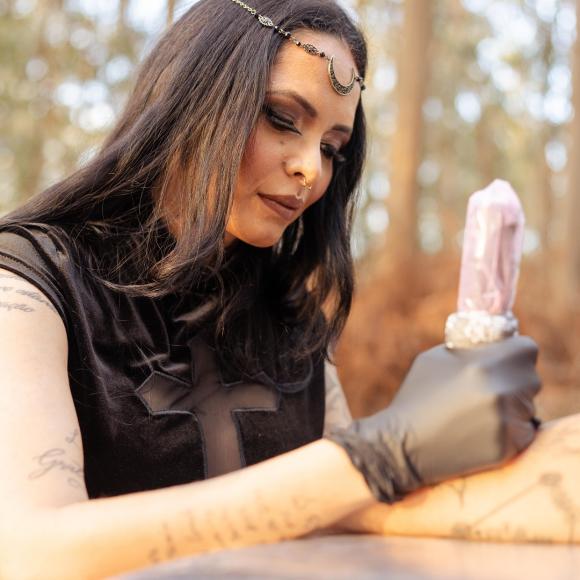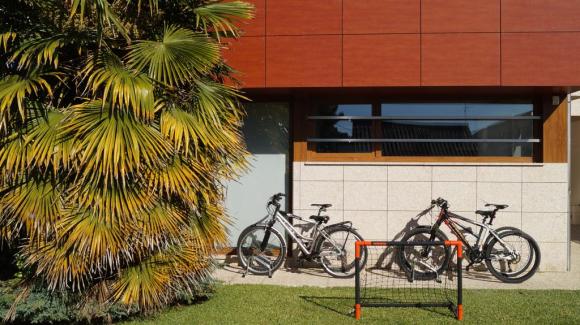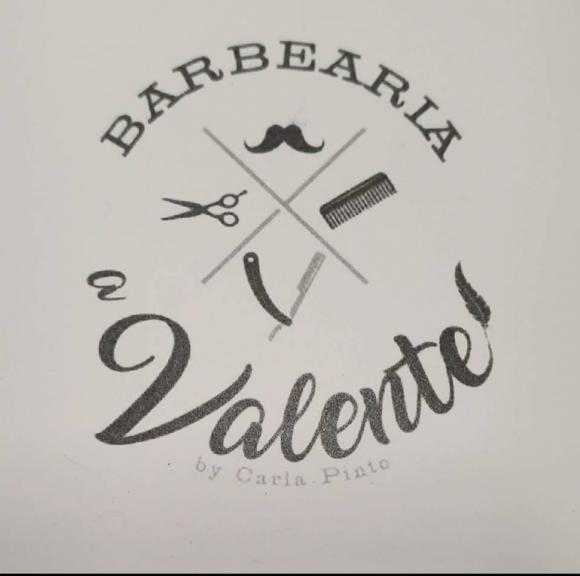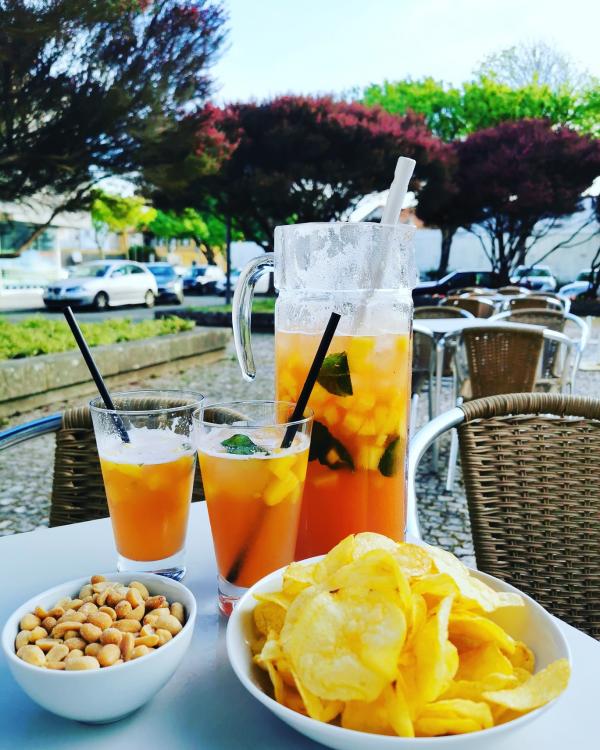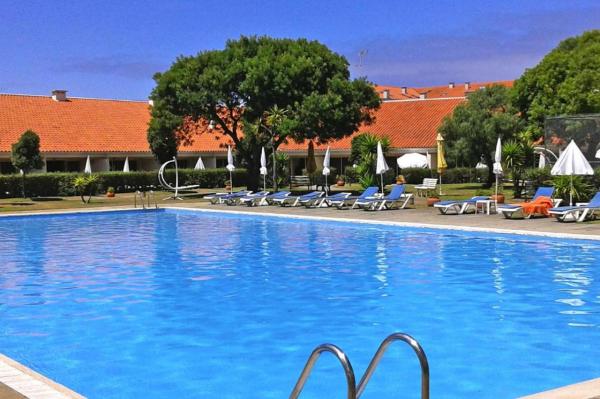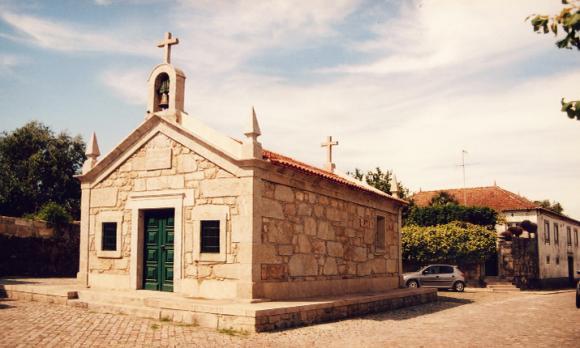
Roteiro das Freguesias - Forjães
In order to get to know all the history, Heritage and Nature of Esposende, the Municipality has created several Itineraries that pass through its Parishes, which you must visit ...
Forjães
Esposende
Description
The current Cultural Center of Forjães is installed in the former Rodrigues de Faria Schools. It was 1934 when Rodrigues de Faria, an immigrant in Brazil who returned with an immense fortune, inaugurated a remarkable work: the primary schools of his native land. Rodrigues de Faria decided to do what was best at the time in school terms. Before entering the building, note that it is a solid granite construction, with a serious and majestic aspect. Inside there were six classrooms, a drawing room, a ballroom and a covered indoor playground for rainy days. Outside, a gymnasium and a large walled enclosure were built for outdoor recreation. But the rich emigrant was not only concerned with the appearance and quality of the building: he provided his schools with all the pedagogical and didactic material he found available. And still unsatisfied, he ordered tile panels for interior decoration from Mestre Jorge Colaço. Rodrigues de Faria, having completed the work, made a donation, without any consideration, in favor of the Portuguese State, which became the legitimate owner of the schools. In the 1990s, this was still the building of the primary school in Forjães, but the signs of degradation were beginning to accentuate and when the school function moved to the new Integrated Basic School, the Municipality of Esposende decided to remodel the property and new life. The architectural intervention was very careful, so as not to introduce abrupt breaks with the previous building. The current Cultural Center, in addition to hosting the Parish Council, has a Library, Multimedia Room, Auditorium and Gallery / Cafeteria. Outside, the gardens are an invitation to a stroll.
Entering the building and wandering through its rooms, you can admire the famous tile panels that decorate the walls. These panels, commissioned by Rodrigues de Faria from Mestre Jorge Colaço for his school, are in line with the Portuguese tile tradition. The largest, measuring more than 3 meters in height and almost six in length, represent scenes from the history of Portugal; the little ones contain quotes from personalities, considered of interest for the training of young students. The theme of the large panels is based on events in the history of Portugal that were considered exemplary, worthy of note in the education of children. In chronological order of the history of Portugal, we can admire:
-D. Afonso Henriques at the Battle of Ourique - which mythically represents the foundation of Portugal
-D. Nuno Álvares Pereira at the Battle of Aljubarrota - which represents the impetus of an independent nation vis-à-vis Leon and Castile
-The Infante D. Henrique in the taking of Ceuta - which represents the beginning of the Portuguese “Golden Age”, with the territorial and maritime expansion
-The Adamastor - which represents the Portuguese victory against the dangers of the Ocean Sea and the passage to the East
-Vasco da Gama's visit to Samorim in Calicut - which represents the beginning of Portuguese relations with the East
-The discovery of Brazil - which represents another and important face of the Portuguese expansion
-Pedro Álvares Cabral in 1500 - who represents another of the national heroes, discoverer of Brazil
-Afonso de Albuquerque in Hormuz - which represents the strong, albeit ephemeral, Portuguese presence in the East,
In the small panels there are quotes from Bossuet, Tomás Ribeiro, Alexandre Herculano, Oliveira Salazar and Sidónio Pais.
In the place where the Parish Church stands today, there must have been a high-medieval temple, since it was possible to date a grave found in the 10th or 11th century site. But the current building is much more recent, from the 18th century. Outside the churchyard there is a monumental staircase representing the nine Sisters of Santa Marinha, built in the 70s. XX by Father Joaquim Campo Lima.
The reed mats from Forjães, whose origin remains unknown, are the testimony of an artisanal confection that came to us through the family legacy of generations that left this testimony from parents to children. From the artisan's workshop come out “carpets” (large rugs), treadmills and baskets that are used in the Minho region and all over Portugal for transporting numerous items. In the past, given their low cost, these baskets were widely used by the farmers' women who took the farnel to the men who worked in the agricultural field, by all those who went to the fair in order to sell or buy products and, more recently , by some people who, in summer time, carry their towel, suntan lotion and some magazines and newspapers to the beach.
In the parish there is also the 18th century Solar de Pregais and the imposing Quinta de Curvos, where the grand gardens embroidered with national and exotic trees stand out, in the streets and leisure spaces, in the small corners composed of lakes and caves, in the flower beds and greenhouses equipped with the most diverse types of flowers.
Source: https://www.visitesposende.com/
Comments
There are no comments!
Partners same locality

 EN
EN  PT
PT ES
ES FR
FR